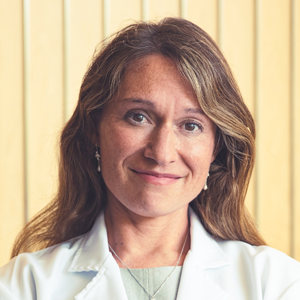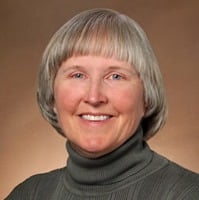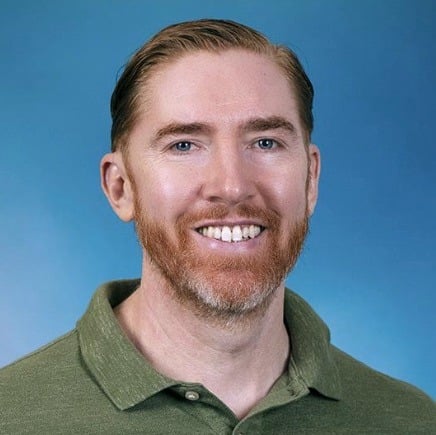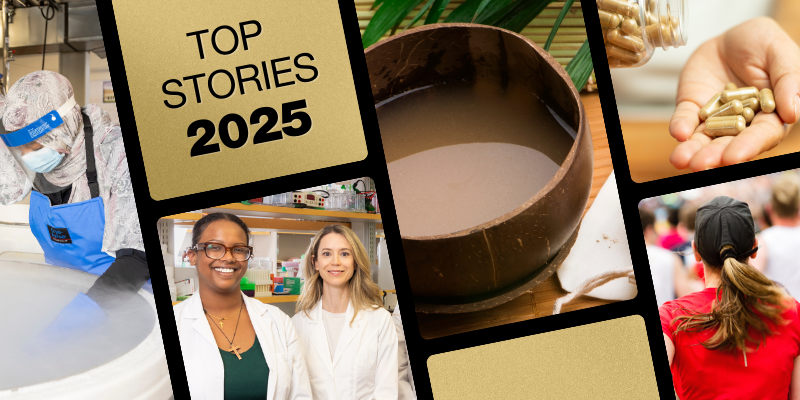-
Follow your passions with perseverance
For Cervantes, entering into a research career was an unexpected journey that started with a patient named Hilda, a mother of two boys who was experiencing kidney failure.
Hilda, an undocumented immigrant, was in her early 20s when she met Cervantes, who was working as a full-time hospitalist at Denver Health at the time.
“As an undocumented immigrant, she came to the hospital once a week when she was near death,” Cervantes said. “Hilda, over the two years that I took care of her, became a very dear friend of mine. And it was heart-wrenching to see what she had to go through each week, and what her boys had to go through.”
Because Hilda was an undocumented immigrant, she could not receive standard dialysis or a transplant, Cervantes said. Rather, she could only receive emergency dialysis when she was so sick that she had to be hospitalized.
Hilda knew her days were numbered, and so she decided to find an adoptive family for her two boys and stop emergency dialysis, Cervantes said.
“It was her death that really inspired me to do something different. I had been a full-time clinician for almost six years and had no research experience,” Cervantes said. “I decided, in that moment, that I was going to learn to do research for the sole purpose of changing policy.”
The transition was an uphill journey. Cervantes had to take coursework, learn to write grants, and, as she said, “learn to be OK with having papers reviewed and coming back completely red because I didn’t know how to write.”
Her passion, however, drove her forward as she conducted research and advocated for expanding access to standard dialysis. One of her studies, for example, showed that undocumented patients with end-stage renal disease who are treated with emergency-only dialysis have a much higher mortality than those receiving standard dialysis.
“People who have to wait until they can receive dialysis once a week — they have a 14-fold greater mortality at five years compared to undocumented immigrants that receive standard dialysis,” she said.
Guided by Cervantes and her team’s research, Colorado decided in 2019 to include kidney failure as a qualifying condition under its emergency Medicaid coverage, thereby extending access to standard dialysis to undocumented immigrants, she said.
“Colorado became the 15th state to do this in the country,” she said. “Our team was very moved to have a domino effect throughout the country — to continue to disseminate this and not just change this in Colorado, but the rest of the country.”
As part of this ongoing mission, Cervantes continues to conduct influential research and build strong partnerships with undocumented people, caregivers, advocates, legislators, and community-based organizations.
“I found such deep joy in this work because of the realization that research is a true catalyst for policy change,” she said. “When I work with mentees, when I work with peers, I encourage them to think about that patient, that advocacy issue, that innovation, or that thing that drives them.”
-
Say yes to opportunities and be a reliable collaborator
When Wendy Kohrt began her research career, she never imagined that one day she would become one of the highest funded faculty members at the CU Anschutz Medical Campus.
Since September 1999, Kohrt said she has been awarded more than $43 million as a principal investigator or program director, more than $7 million as a sponsor for a National Institutes of Health research career development award, and more than $5 million as a core director of the Colorado Nutrition Obesity Research Center.
“One thing that I feel has contributed to my success is times when I've said yes to things that I really wanted to say no to,” Kohrt said.
When Kohrt was a postdoctoral fellow in 1989, her mentor stopped her in the hallway one day and asked if she would get involved in a research project. Newer technology allowed researchers to now measure bone density in humans at the hip and the spine, and her mentor wanted research done on the adaptations of bone to exercise.
“In my head, I was thinking, ‘Watching bones grow is as exciting as watching grass grow — except grass grows faster,’” Kohrt said. “But what came out of my mouth was, ‘Yes.'”
After that project, her mentor encouraged her to write a grant proposal in this area, which she did. She got funded on the first try.
It was the start of an impressive research career, where she continued researching exercise and musculoskeletal outcomes.
“Even though I was very reluctant to get into that area, I’ve remained continuously funded in that. And the work we’re doing right now in that area is just uber-cool,” she said.
While studying exercise and bone, Kohrt gained another research interest — the metabolic actions of estrogens. She became interested in this after seeing a study where women who were on estrogen tended to lose more weight in response to exercise than women who were on a placebo.
Outside of her grant opportunities, Kohrt also agreed to participate in large collaborative projects. For example, she was involved in the 2008 Physical Activity Guidelines Advisory Committee, which helped shape the federal physical activity guidelines for Americans. She also served on the National Research Council’s Committee for the Decadal Survey on Biological and Physical Sciences in Space, which she said is essentially the committee that lays out NASA’s next 10-year research plan. Although these projects were a lot of work, they introduced her to new people and provided extensive learning opportunities.
One of the key factors of success is being a dependable collaborator, she said.
“When you say you’re going to do something, do it,” she said. “Being in a team where you know you can lean on people … is just so rewarding.”
Since the start of her career, Kohrt has been involved in more than 280 research publications and won several awards, including a Veterans Affairs merit award.
“You can do almost any kind of research you want here, on this Anschutz campus, and that is a huge strength,” she said. “Take advantage of opportunities that come your way.”
-
Be open to pivoting
When it comes to researchers discussing their careers, there is often a bias toward sharing only the successes they have experienced, Patrick Wilson said. For him, however, it is the failures that taught him the valuable lesson of how to pivot his approach to find new opportunities.
Similar to Cervantes, Wilson’s research passion stemmed from a patient interaction he had while at a district hospital in West Africa.
The patient came into the emergency department and needed intubation, but there was only one ventilator available. The medical device needed to intubate the patient, a laryngoscope, was locked away. After about 40 minutes of clinicians doing manual bag-valve-mask ventilation, the laryngoscope was made available and the patient was intubated. However, the patient needed to be transferred to the closest referral hospital about one hour away, Wilson recalled.
The patient was put into a vehicle that had no monitoring. About an hour later, Wilson received a call that the patient had died, possibly because the breathing tube fell out during transport.
“I felt like I failed that patient,” he said. “I realized that … in low-income countries, invasive mechanical ventilation is not always a viable option. We need to do better.”
Wilson said his research passion became: How can clinicians decrease mortality in children in low- and middle-income countries by using non-invasive ventilation?
Initially, he had success in getting industry research funding to pursue answering this question. For example, he got funding from the GE Foundation to do a large randomized control trial at two centers in West Africa to test whether continuous positive airway pressure (CPAP) can reduce mortality in children with acute respiratory distress.
“By applying this relatively simple device, we were able to lower two-week all-cause mortality in children under one year of age from 6.7% to 2.7%,” he said. “That was definitely the highlight of my career.”
Despite these successes, when Wilson applied for funding grants from a variety of professional societies, foundations, and different NIH mechanisms to continue research in this area, he faced nothing but rejection.
“I had to pivot,” he said.
Wilson became the program director of a fellowship program and was able to conduct some unfunded research, he said. However, once the COVID-19 pandemic hit, his work in global health was halted.
And so, he pivoted again, shifting his focus from global health to an issue impacting pediatric patients domestically — asthma. He posed the question: Should non-invasive ventilation, specifically bilevel positive airway pressure (BiPAP), be used for pediatric patients with severe asthma?
When he applied for research grants to pursue this issue, he was initially rejected — and then rejected again, and again. Dismayed, he thought perhaps he should quit trying. However, with the encouragement of his mentors, he continued.
“I was able to eventually, after years, finally get the NIH funding needed to conduct a single center randomized control trial to answer the question: Does BiPAP improve outcomes in severe pediatric asthma?” he said, noting that this research is ongoing.
Wilson said he wants people to be unafraid of pivoting and pursue their passions with perseverance, even when they experience failure — something that is far more common than many realize.
“It's inspiring to hear these stories, and I appreciate when people share the failures,” he said. “Every journey is unique, and I think that’s the cool part about research.”






